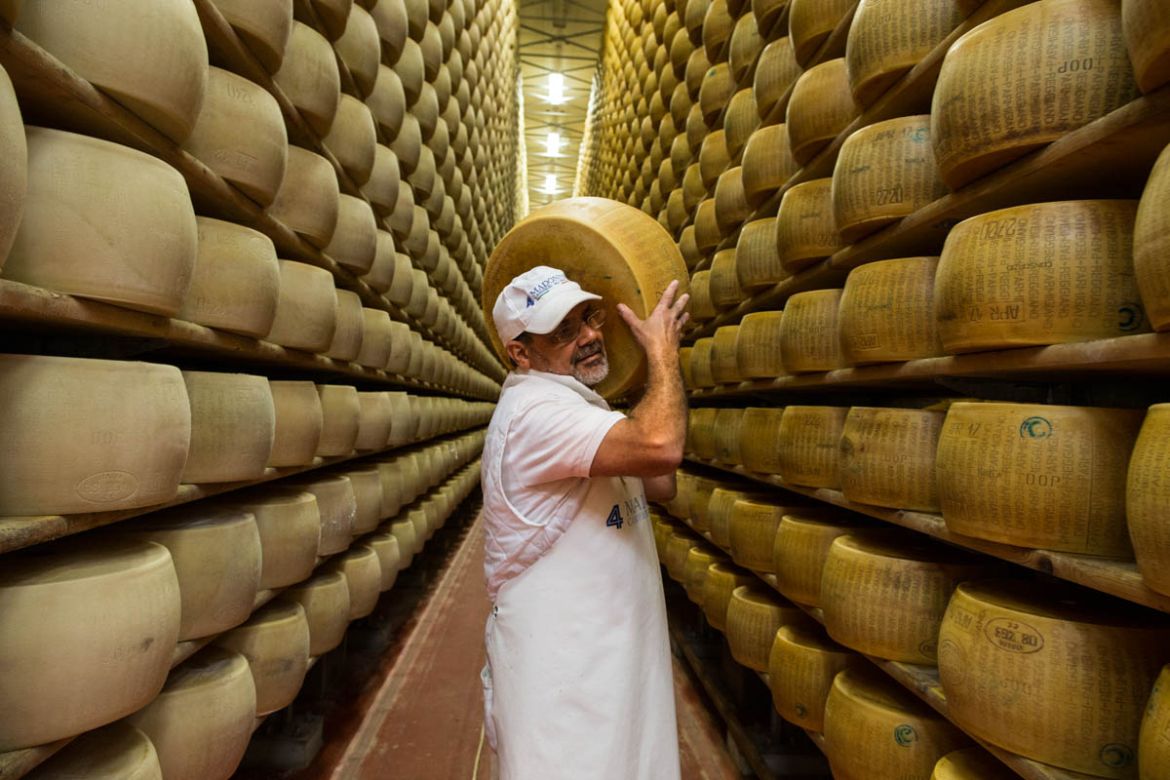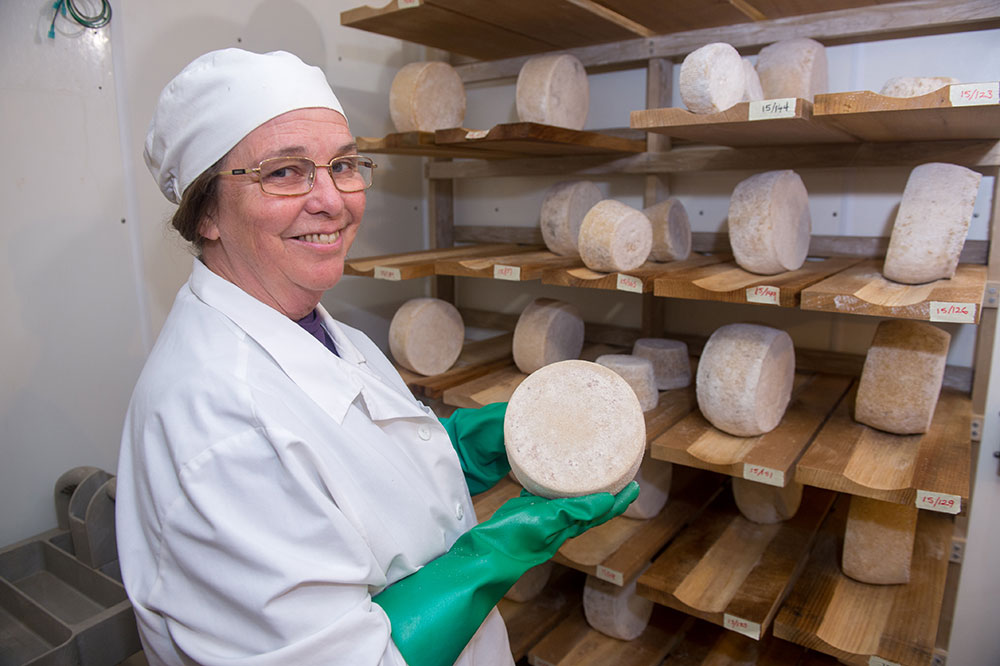Exactly How Floridia Cheese Melbourne Sets the Criterion for Local Cheese Makers
Exactly How Floridia Cheese Melbourne Sets the Criterion for Local Cheese Makers
Blog Article
Unlocking the Keys of Artisanal Cheese Making: A Detailed Do It Yourself Guide
In the realm of cooking workmanship, artisanal cheese making stands as a testament to the delicate equilibrium between custom and advancement. As we get started on this journey to demystify the art of creating charming cheeses, we are encountered with a tapestry of secrets and abilities waiting to be deciphered.
Picking the Right Milk
When beginning on the journey of artisanal cheese making, the selection of milk plays a critical duty in figuring out the high quality and qualities of the last product. The kind of milk selected affects the taste, texture, and on the whole profile of the cheese.
When selecting milk for cheese production, it is important to take into consideration the fat content. Greater fat material in milk can cause a creamier and richer cheese, while lower fat web content may result in a drier and stronger texture. Furthermore, the source of the milk, whether from cows, goats, lamb, or buffalo, contributes distinctive flavors and attributes to the cheese (Floridia Cheese Melbourne). Each sort of milk brings its own subtleties, enabling for a wide variety of cheese varieties to be crafted based upon the selected milk. Inevitably, the selection of milk is an essential choice that establishes the structure for an effective artisanal cheese-making venture.
Culturing and Coagulating
To launch the cheese-making procedure, the essential actions of culturing and coagulating need to be meticulously performed to transform milk right into curds and whey. Culturing includes introducing advantageous microorganisms to the milk, which after that begins the fermentation procedure. These microorganisms convert lactose (milk sugar) right into lactic acid, creating the acidic setting required for coagulation. The kind of culture used can substantially influence the taste, appearance, and ripening of the final cheese item.

The timing and temperature control throughout culturing and coagulation are crucial aspects that affect the final result of the cheese. Correct execution of these steps is necessary to make sure the preferred texture, taste, and uniformity of the artisanal cheese being generated.
Draining and Pushing Curds
After the milk healthy proteins have actually coagulated and the curds have been reduced to release whey, the following important action in artisanal cheese making entails draining pipes and pushing the curds to achieve the desired structure and uniformity of the last cheese product. Draining pipes is the process of dividing the curds from the whey. This can be done by moving the curds into a cheesecloth-lined bowl-shaped sieve or mold and mildew and permitting the whey to drain pipes off naturally. The moment for draining pipes can differ depending on the sort of cheese being made and the desired dampness material.
When the curds have adequately drained, the following action is pressing. Pressing aids remove any kind of remaining whey and compacts read this post here the curds to form a strong cheese wheel. Pushing can be done using specialized cheese presses that apply constant and gentle stress over a duration of time. The duration and stress applied throughout click to investigate pushing will certainly affect the final structure of the cheese, from soft and creamy to hard and firm. Appropriate pushing and draining pipes are important actions that dramatically impact the high quality and attributes of the artisanal cheese being generated.
Aging and Flavoring Methods
Applying precise aging and flavoring methods is essential in boosting the deepness and intricacy of artisanal cheeses, boosting their preference profiles to splendid degrees of improvement and refinement. Aging plays an essential role in establishing the one-of-a-kind tastes and appearances that distinguish artisanal cheeses. During the aging procedure, cheeses are saved in carefully managed atmospheres where elements such as temperature level, air flow, and moisture are controlled to encourage the growth of useful mold and mildews and microorganisms. This controlled setting allows celebrity to grow gradually, developing intricate fragrances and rich flavors.
Flavoring techniques likewise add considerably to the last taste of artisanal cheeses. Cheesemakers might select to present added flavors by including active ingredients such as herbs, seasonings, or even fruits into the cheese during the production procedure. In addition, some cheeses are cleaned or scrubed with various fluids, such as salt water or alcohol, to enhance their textures and flavors.
Wrapping and Keeping Cheeses

Final Thought
In final thought, understanding the art of artisanal cheese making includes carefully choosing the right milk, adhering to exact culturing and coagulating procedures, draining and pushing curds properly, and using numerous Read Full Report aging and flavoring strategies. Remember to wrap and keep your cheeses effectively to ensure optimal flavor and structure growth.
Each type of milk brings its own nuances, enabling for a large array of cheese ranges to be crafted based on the chosen milk.After the milk proteins have actually coagulated and the curds have been reduced to release whey, the following essential step in artisanal cheese making includes draining pipes and pressing the curds to achieve the desired texture and consistency of the final cheese product. Most cheeses should be wrapped in wax paper or cheese paper to allow them to take a breath while shielding them from drying out. For cheeses that require to proceed aging, such as bloomy peels or cleaned skins, ensure they are stored in an amazing atmosphere like a cheese cave or a refrigerator set to the appropriate temperature. By paying attention to the wrapping and storage of artisanal cheeses, cheese makers and enthusiasts can maintain the honesty of these delicacies and fully enjoy their intricate tastes.
Report this page